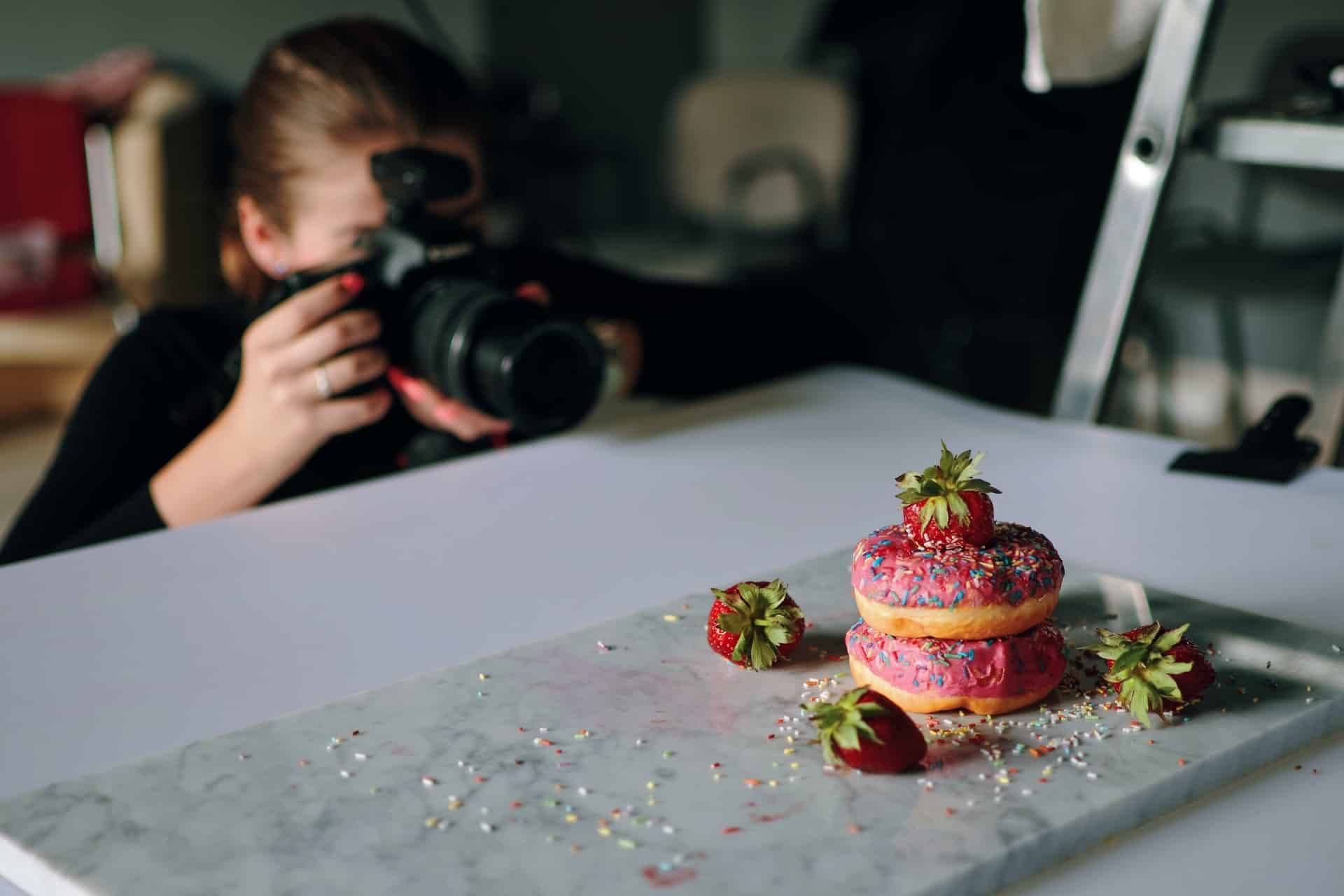
In today’s digital age, where social media platforms reign supreme and visual content is king, the importance of high-quality photography for restaurants cannot be overstated. Stunning food photography can entice potential customers, showcase your culinary creations, and ultimately drive foot traffic and sales to your establishment. Whether you’re a seasoned professional or a novice photographer looking to improve your skills, this comprehensive guide will provide you with valuable tips and techniques to make your dishes pop in photographs.
Understanding the Importance of Restaurant Photography
Before diving into the tips and techniques, it’s essential to understand why restaurant photography matters. In a highly competitive market, where consumers have countless dining options at their fingertips, visually appealing images can set your restaurant apart from the competition. High-quality photographs not only showcase your dishes in the best possible light but also convey the ambiance, personality, and overall dining experience of your establishment.
Furthermore, with the rise of social media platforms like Instagram and Facebook, where food photography is incredibly popular, captivating images can help increase your restaurant’s online visibility and attract new customers. According to a study by Toast, a leading restaurant management platform, restaurants that regularly post high-quality photos on social media experience a 25% increase in engagement and a 35% increase in reservations compared to those that do not.
Essential Equipment for Restaurant Photography
While professional-grade equipment can certainly elevate your restaurant photography game, you don’t necessarily need the most expensive gear to capture stunning images. Here’s a list of essential equipment to get you started:
1. Camera:
Investing in a DSLR or mirrorless camera will provide you with greater control over settings such as aperture, shutter speed, and ISO, allowing you to capture sharper and more detailed images. However, modern smartphones are also capable of capturing impressive photos, making them a convenient and budget-friendly option for amateur photographers.
2. Lenses:
For food photography, prime lenses with a wide aperture (e.g., f/1.8 or lower) are ideal for achieving a shallow depth of field and creating beautiful bokeh (blurry background). A 50mm or 85mm lens is commonly recommended for capturing mouthwatering close-up shots of dishes.
3. Tripod:
A sturdy tripod is essential for maintaining stability and eliminating camera shake, especially when shooting in low light conditions or using slower shutter speeds. Look for a tripod with adjustable legs and a ball head for maximum versatility.
4. Lighting:
Good lighting is crucial for capturing high-quality food photos. While natural light is often preferred for its softness and warmth, artificial lighting sources such as continuous LED panels or off-camera flashes can also be used to illuminate your subject effectively.
5. Props and Styling Tools:
Props such as plates, utensils, napkins, and garnishes can add visual interest and context to your food photos. Additionally, styling tools like tweezers, brushes, and spray bottles can help you arrange and enhance the presentation of your dishes.
Tips for Capturing Mouthwatering Food Photos
Now that you have the necessary equipment in place, let’s explore some practical tips and techniques for making your dishes pop in photographs:
1. Choose the Right Background:
Selecting an appropriate background can significantly impact the overall look and feel of your food photos. Opt for clean, neutral backgrounds such as wooden or marble surfaces that complement the colors and textures of your dishes without distracting from them.
2. Consider Composition:
Experiment with different composition techniques such as the rule of thirds, leading lines, and negative space to create visually compelling images. Arrange your dishes strategically within the frame, ensuring that each element is well-balanced and harmonious.
3. Pay Attention to Lighting:
As mentioned earlier, lighting plays a critical role in food photography. When shooting indoors, position your subject near a window or source of natural light to achieve soft, diffused lighting. Avoid harsh overhead lighting or direct sunlight, as they can create unflattering shadows and highlights.
4. Style Your Dishes Thoughtfully:
Take the time to style your dishes thoughtfully before photographing them. Consider factors such as color contrast, texture, and arrangement to make your food look as appetizing as possible. Use props and garnishes sparingly to enhance the presentation without overpowering the main subject.
5. Get Up Close and Personal:
Capture the intricate details and textures of your dishes by getting up close with your camera or smartphone. Use a shallow depth of field to blur the background and draw the viewer’s eye towards the focal point of the image, whether it’s a juicy steak, a decadent dessert, or a vibrant salad.
6. Experiment with Angles:
Don’t be afraid to experiment with different shooting angles to find the most flattering perspective for your dishes. Try shooting from above (flat lay), at a 45-degree angle, or even from eye level to showcase the various layers and components of the dish.
7. Edit with Care:
While it’s essential to capture well-exposed and properly composed images in-camera, post-processing can help enhance your photos further. Use editing software like Adobe Lightroom or Photoshop to adjust the brightness, contrast, color balance, and sharpness of your images while maintaining a natural and realistic look.
Conclusion
Mastering the art of restaurant photography requires a combination of technical skill, creativity, and attention to detail. By following the tips and techniques outlined in this guide, you can elevate your food photography game and make your dishes pop in photographs. Whether you’re a professional photographer or a passionate foodie looking to capture mouthwatering images of your culinary creations, remember to experiment, practice, and above all, have fun with the process. Happy shooting!
Discover Restaurants
Hausion is an online business directory for small and mid-size restaurants.
ADVERTISEMENT


 Restaurants
Restaurants Desserts
Desserts Pizzas
Pizzas Fast Foods
Fast Foods Bars & Pubs
Bars & Pubs






